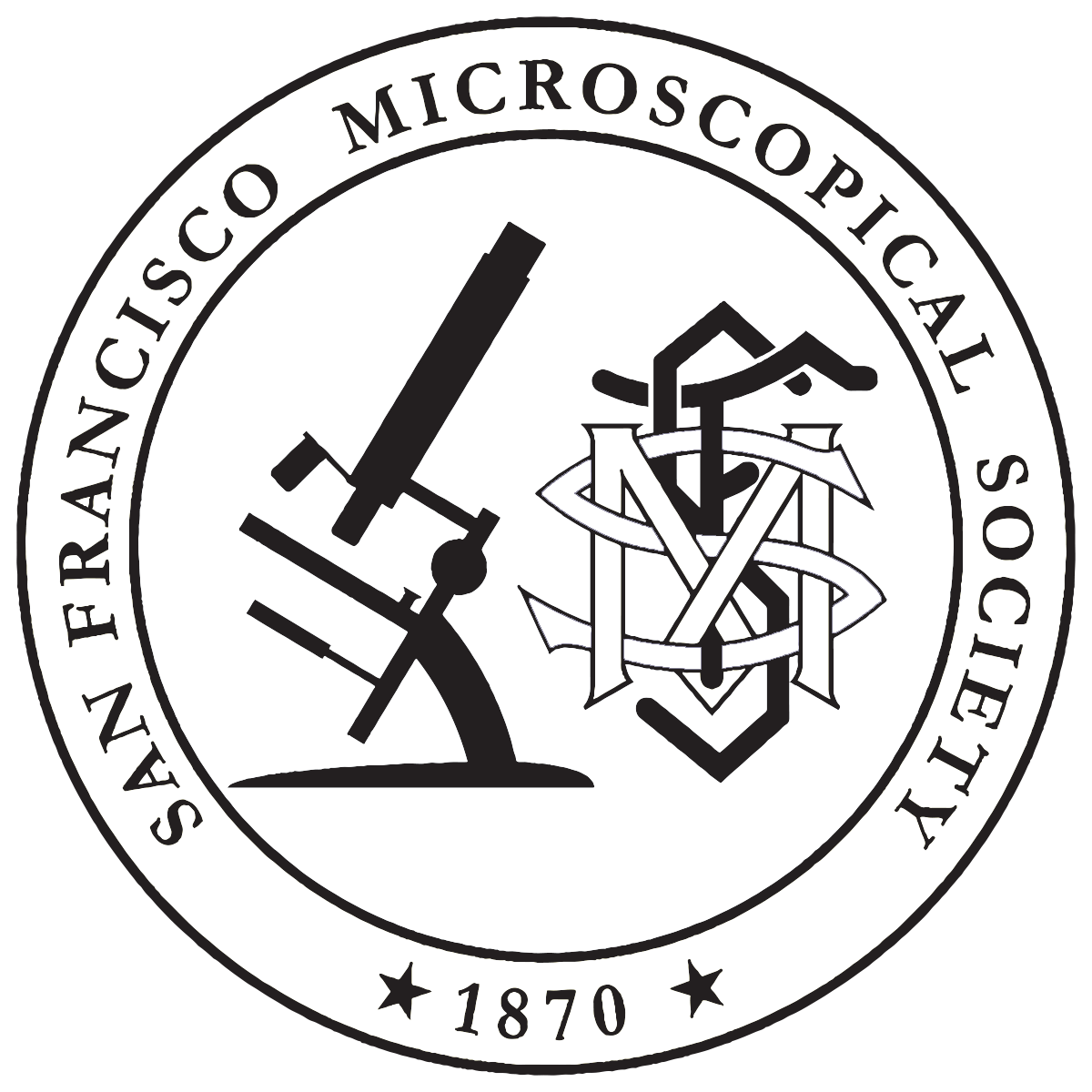Micro NewsBites: June 2021
Insects Images
The Amazon rainforest in South America is a reservoir of species that have yet to be discovered and described. The insects in the forest canopy have been studied by climbing trees, creating temporary platforms, and building towers reaching 131 feet (40 meters) from the ground. Brian Brown, the entomologist, and curator at the Natural History Museum of Los Angeles County with a small team of other entomologists collected flies by using traps spaced vertically on this high tower. His main interest is in the Phorids or flies which are particularly diverse with at least 124,000 species already identified and perhaps an equal number yet to be discovered. The need for microscopes is obvious in viewing insects. In the April 2021 issue of the National Geographic there is a series of photographs by Craig Cutler who specializes in environmental portraiture. Macrophotography of the insects fill the pages with views at a scale as you may suppose insects would appear to each other. On each page is also a small black spot or image that gives the impression of the actual size of the insect. Utterly unique views are achieved by these photographers. One could only wish to have a larger gallery of images than the samples given in these pages.
A similar double-page spread of a green bee, a pollinator of orchids in the Brazilian forest, is featured in a short article entitled Busy Bee: Orchid pollinators are surprisingly promiscuous about the plants they like by Rose Eveleth in the June 2012 Scientific American (pp 62-63). This article refers to an audio slideshow accessible at ScientificAmerican.com/june2012/orchid-bee.
We have a hard time understanding the importance of pollinators and the role they play in plant propagation. In Brazil, the wild orchids have evolved strategies to cover the insects with pollen by attracting them with scents produced by the plant to alert the bees to their flower’s maturity, but we know very little about how this evolutionary pattern has developed.
In a book published in 1988 in Germany insects are shown in flight. The pages are filled with images of insects and their ability to fly while performing other tasks. How does an insect land on a ceiling? How do insects manage to mate while flying? These and many other questions are caught with high-speed macro-photography. Im Reich der Tausendstel-Secunde by Werner Nachtigall and photos by Rolf Nagel gives the reader ample material to contemplate. The book was donated to SFMS by Helmut Will, a long-time life member, who was fluent in German, but the images can be enjoyed by anyone and if you need an occasional translation, your computer has the capacity to take German words and sentences and provide you their English equivalent. The above title translates “In the realm of the thousandths of a second”. If interested, arrange to borrow the book from Hschott@aol.com. - HS
More on Micrometeorites
Microscopists can collect micrometeorites from their roof gutters and even from the curbs of their streets if they have a strong magnet. This space dust rains down on our earth and gets easily mixed with all other debris so your magnet will pick up a vast assortment of metal particles. Roof gutters are therefore a better source. Dust from comets and asteroids have been collected by a team from the Franco-Italian Concordia research station in Antarctica for the past 20 years. Scientists from France’s National Center for Scientific Research calculated that about 14 tons of micrometeorites fall to earth each day which represents 5,113 tons each year. Since most of the earth’s surface is water or ice, recovery of this “dust” much more limited than the figures suggest. The scientists say that 80% of the of this dust probably comes from comets and the remainder from asteroids. (Adapted from Earthweek, SF Chronicle, April 18, 2021, page B8.)
– HS
Geological Microscopy finds a way forward
As mentioned in this issue’s Member Perspective, COVID cut off many researchers from access to their labs and to the microscopes they rely on for teaching and research - inspiring adaptations with profound and lasting accessibility implications. When Alex Steiner, a doctoral student at Michigan State University, found himself and his two undergraduate student colleagues cut off in this way, no longer able to analyze thin slivers of geological material, he created PiAutoStage, a device that takes pictures of entire thin section of the slivers and stitches them together for remote analysis. This tool not only enabled the research to move forward, it allowed his two undergraduate students to collaborate without being co-located (one was in East Lansing, the other in Detroit), and brought about a powerful new teaching tool that has made geoscience more accessible to all. Read more about PiAutoStage here, or check out the original technical report. - JJ
… and 5,000 tardigrades find their way UP
The tardigrade, an oft-beloved subject of microscopists, is making space news headlines once more, as 5,000 of them were launched on June 3, 2021 as part of a SpaceX resupply mission to the International Space Station. Once aboard (and rehydrated), the tardigrades will be used to better understand the effects of the space environment and corresponding mitigation strategies. While the resupply mission is unmanned, the tardigrades are not going alone: they are accompanied by 128 baby bioluminescent bobtail squid. The bobtail squid will be used to study the effects of microgravity on microbes, including the microbes upon which astronauts’ immune and digestive systems depend. Read more about the tardigrades’ mission here. Never found/seen a tardigrade? Find one in your own backyard, with guidance and inspiration from SFMS’ President, Ariel Waldman. - JJ
Got News? Please send it to us via email.
